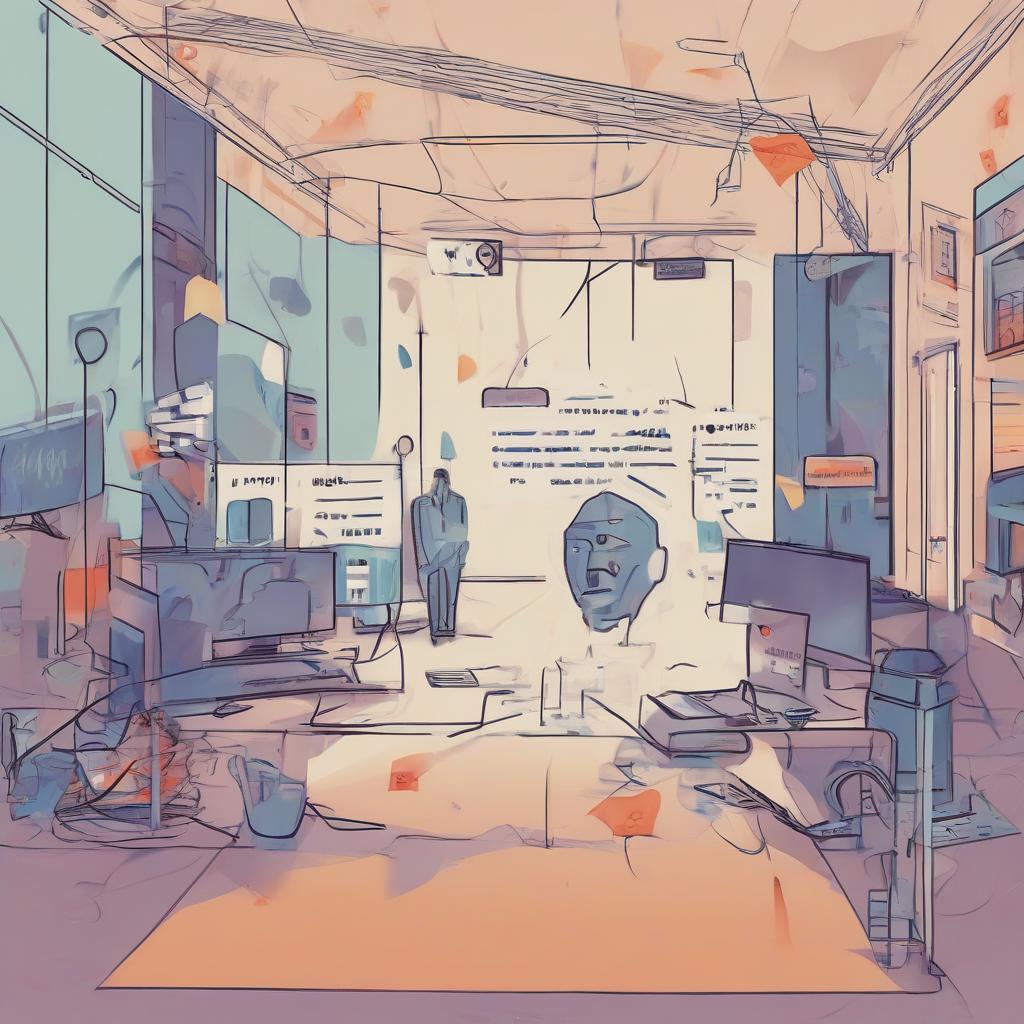Navigating the Complexities of Inpatient Bipolar Treatment: A Comprehensive Guide
Bipolar disorder, a chronic mental illness characterized by extreme mood swings, can significantly impact an individual’s life. When symptoms become severe and pose an immediate risk to the person’s safety or well-being, inpatient treatment becomes necessary. This comprehensive guide explores the intricacies of inpatient bipolar treatment, covering various aspects from admission criteria to post-discharge planning.
Understanding the Need for Inpatient Treatment
Inpatient treatment for bipolar disorder is typically reserved for situations where individuals experience acute episodes of mania or depression that are severe and require immediate intervention. These episodes can manifest as:
- Severe Mania: Intense euphoria, racing thoughts, impulsive behavior, grandiosity, decreased need for sleep, reckless spending, and potential for self-harm or harm to others.
- Severe Depression: Overwhelming sadness, loss of interest in activities, feelings of worthlessness, suicidal thoughts or attempts, significant changes in appetite and sleep, and difficulty concentrating.
- Psychotic Symptoms: Hallucinations (seeing or hearing things that aren’t there) and delusions (fixed, false beliefs) that accompany either manic or depressive episodes.
- Failure of Outpatient Treatment: When less intensive treatments like therapy and medication management haven’t been effective in stabilizing mood.
- Risk of Harm: When an individual poses a significant risk of self-harm or harm to others.
The Inpatient Treatment Setting
Inpatient bipolar treatment typically occurs in specialized psychiatric units within hospitals or dedicated mental health facilities. These settings provide a structured environment with 24/7 access to medical and psychiatric professionals. The environment is designed to promote safety and facilitate recovery.
Components of Inpatient Treatment:
- Medical Stabilization: This involves addressing any immediate medical needs, such as managing sleep disturbances, nutritional deficits, or substance withdrawal. Physicians and nurses monitor vital signs and administer medications as needed.
- Psychiatric Evaluation and Diagnosis: A thorough psychiatric evaluation is conducted to confirm the diagnosis, assess the severity of symptoms, and develop an individualized treatment plan.
- Medication Management: Mood stabilizers, antipsychotics, antidepressants, and anti-anxiety medications are commonly prescribed to manage symptoms. Dosage adjustments are made as needed based on the patient’s response.
- Psychotherapy: Individual and group therapy sessions provide a platform for patients to explore their thoughts, feelings, and behaviors. Different therapeutic approaches, including cognitive behavioral therapy (CBT) and interpersonal and social rhythm therapy (IPSRT), may be used.
- Milieu Therapy: This therapeutic approach utilizes the environment itself as a tool for healing. The structured daily routine, interactions with staff and other patients, and overall atmosphere contribute to the therapeutic process.
- Education and Support: Patients and their families receive education about bipolar disorder, its management, and available support resources. This includes information on medication, symptom recognition, relapse prevention, and coping strategies.
- Safety Measures: Safety protocols are implemented to prevent self-harm and harm to others. This might include one-on-one observation, restrictions on certain activities, and regular checks on the patient’s well-being.
Types of Inpatient Programs
Inpatient programs for bipolar disorder vary in their intensity and duration. Some common types include:
- Acute Inpatient Treatment: This is typically short-term, focusing on stabilizing acute symptoms and preparing the patient for transition to a less intensive level of care.
- Partial Hospitalization Programs (PHPs): These programs offer a structured day program with therapy and medication management, but patients return home in the evenings.
- Residential Treatment Programs: These programs provide 24-hour care in a residential setting, often for longer durations than acute inpatient treatment.
Discharge Planning and Aftercare
Discharge planning is a crucial aspect of inpatient bipolar treatment. It involves collaboratively developing a plan to ensure a smooth transition to the community and prevent relapse. This includes:
- Medication Management Plan: Establishing a plan for ongoing medication management, including refills and regular follow-up appointments with a psychiatrist.
- Outpatient Therapy Plan: Arranging for continued therapy sessions with a therapist, focusing on relapse prevention, coping skills, and overall mental health maintenance.
- Support System Development: Identifying and strengthening the patient’s support network, which may include family, friends, or support groups.
- Relapse Prevention Plan: Developing a personalized relapse prevention plan that includes strategies for early symptom identification and management.
- Referral to Community Resources: Connecting the patient with relevant community resources, such as case management services, peer support groups, and vocational rehabilitation programs.
Potential Challenges and Considerations
Inpatient bipolar treatment, while effective, can present challenges for both patients and their families. These include:
- Side Effects of Medication: Many medications used to treat bipolar disorder can have side effects, ranging from mild to severe. Close monitoring and adjustments are crucial.
- Treatment Resistance: Some individuals may not respond well to initial treatment approaches, requiring adjustments or alternative treatments.
- Social Stigma: The stigma associated with mental illness can create barriers to seeking help and can impact recovery.
- Family Burden: Family members often play a significant role in supporting individuals with bipolar disorder, and this can place a strain on family relationships and dynamics.
The Role of Family and Support Systems
The involvement of family and support systems is essential for successful inpatient treatment and long-term recovery. Family members can provide emotional support, help with medication adherence, and participate in family therapy sessions. Support groups can offer a sense of community and shared experience.
Long-Term Management of Bipolar Disorder
Inpatient treatment is often just one phase in the long-term management of bipolar disorder. Continued outpatient treatment, including medication, therapy, and ongoing support, is critical for maintaining stability and preventing relapse.
Conclusion (Omitted as per instructions)
